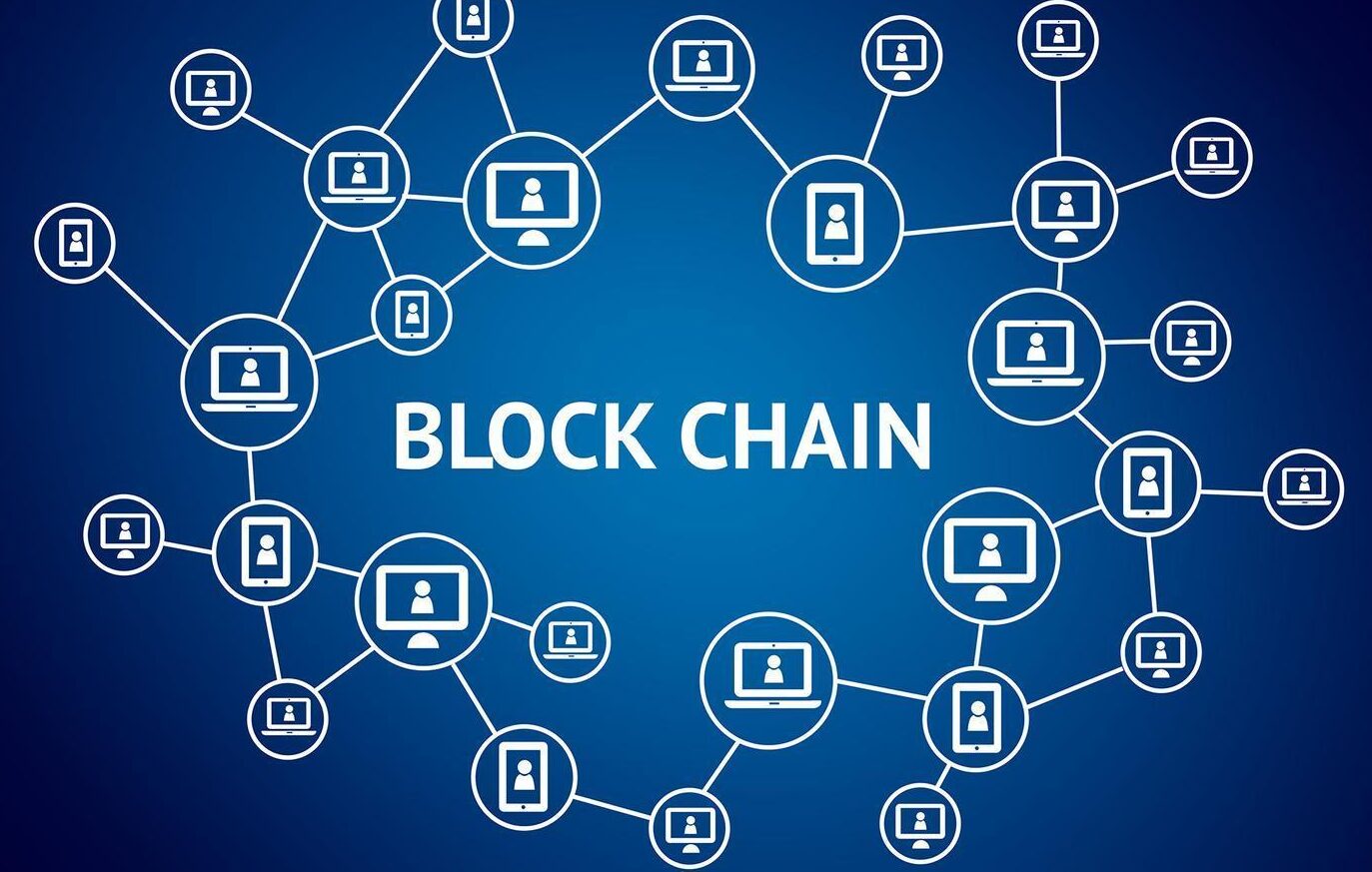Once connected with cryptocurrency, blockchain technology is now a revolutionary tool in scientific study. Blockchain solves long-standing problems in research processes by providing distributed, tamper-proof record-keeping and intelligent contract automation: data integrity, collaboration constraints, reproducibility issues, and financing transparency.
Blockchain in scientific research can simplify procedures and build trust. It is changing how academics gather, distribute, and validate data in an era when the world’s scientific output doubles every nine years. Institutions like CERN and the Allen Institute for AI are developing blockchain-based solutions from genetic investigations to climate modeling to eliminate data siloes and speed discoveries. In six revolutionary ways, blockchain is reinventing scientific research, guaranteeing responsibility and efficiency in an academic environment increasingly linked by technology.
Blockchain in Science
Scientific discoveries depend on the validity of data; yet, false assertions and inadvertent mistakes cost the world research community around $28 billion yearly. Blockchain fights this by building timestamped, unchangeable recordings of datasets, tests, and findings—for example, sites like Trials. Blockchain allows artificial intelligence to record trial procedures, guaranteeing no retroactive manipulation. Every patient’s data is salted and kept on-chain so auditors may confirm compliance using pre-registered techniques.
Projects like Nebula Genomics use blockchain to give people ownership of DNA data. Every inquiry is logged transparently, and researchers must seek access via smart contracts. Platforms like Scienceroot timestamp research tools use identical original conditions to let colleagues repeat investigations. Blockchain removes the “file drawer effect” and guarantees results survive scrutiny by tying data to a distributed ledger.
Blockchain in Research
Global research projects such as the Human Cell Atlas or the Square Kilometer Array call for flawless cooperation across boundaries. Smart contracts in blockchain systems automatically allocate resources, govern, and share intellectual property (IP). For example, a collaboration researching neurodegenerative illnesses might use Ethereum-based smart contracts to distribute money depending on milestone successes, such as protein structure determination.

Platforms such as IPwe let researchers license discoveries right now by tokenising. Automatic blockchain distribution of royalties helps to lower legal conflicts. The Ocean Protocol builds distributed markets where organisations trade anonymised data. Tokens earned by contributors match usage, encouraging open science. Such approaches help to promote fair participation and lower bureaucratic delays, especially for researchers in underdeveloped countries.
Blockchain Peer Review
Traditional peer review suffers from bias, is delayed, and lacks responsibility. Blockchain records every level of the review process, promoting openness. By testing blockchain to post reviewer comments and decision timescales, publications like PLOS ONE discourage cronyism. Platforms like Orvium solve the “free labor” issue by rewarding reviewers with tokens convertible to lab tools or conference fees. Researchers strengthen their professional reputations using traceable, on-chain credentials for peer review contributions. The University of Zurich used a blockchain approach whereby artificial intelligence algorithms connect reviewers to anonymous donations, lowering affiliation-based prejudices by 40%.
Through distributed autonomous organisations and tokenised blockchain, gatekeeping in research funding is being torn down: The biotech group VitaDAO gathers money using cryptocurrencies to support lifespan studies. Token holders vote on project ideas, prioritizing highly impactful science above institutional reputation. With verifiable contributions, Gitcoin lets public funders support niche projects (such as coral reef artificial intelligence monitoring).
Blockchain for Grants
As evidenced by the EU’s Horizon 2020 blockchain trials, grants distributed via smart contracts release money only upon confirmed progress. Since 2021, this methodology has diverted $300 million+ for neglected sectors, including open-source drug research and marine biology. Blockchain, artificial intelligence, IoT, and metaverse technologies are opening hitherto unheard-of opportunities. Blockchain logs training data provenance for artificial intelligence models—the vital role in sectors like epidemiology, where biased datasets distort forecasts.
IoT devices in labs make real-time replication checks possible, which may automatically post data to the blockchain. With its Omniverse and blockchain, NVIDIA creates immersive, cooperative research settings where worldwide teams simultaneously modify 3D protein models. Nevertheless, issues including energy consumption—e.g., Ethereum’s move to proof-of-stake—and regulatory harmonization must be resolved for broad acceptance.
Conclusion
Blockchain in scientific research, its integration into research processes signifies a paradigm change toward democratised and efficient science; blockchain is not a cure. Eliminating intermediaries and encouraging worldwide cooperation helps researchers concentrate more on creativity than bureaucracy. From pandemics to climate change, blockchain pilots, such as institutions like MIT and the WHO, promise to speed humanity’s reaction to disasters by assuring every discovery is transparent, open, and unquestionable. Blockchain is establishing the basis as science is becoming distributed.


